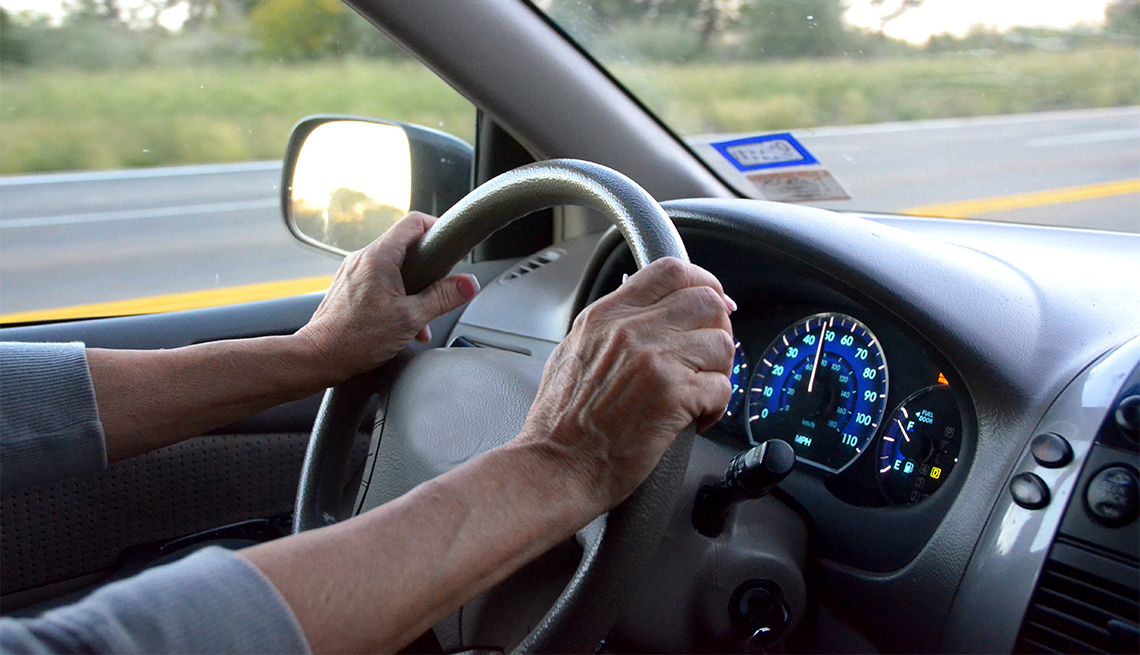AARP Hearing Center
Thirty years ago, the Insurance Institute for Highway Safety (IIHS) sounded the alarm about the increase in aging baby boomers. Their numbers were growing, the institute noted, expressing concerns that would mean more auto crashes and fatalities.
But that didn't happen. In fact, a recent study found that as the population aged, there was actually a significant decline in fatal crashes among drivers 70 and older, especially compared to middle-aged drivers.
The results were striking. “We were surprised by recent findings,” says Jessica Cicchino, vice president for research at the IIHS and coauthor of the study that examined the statistics. “Over the last 10 years, even as the older population is growing, keeping their driver’s licenses and driving more miles, we haven’t seen the numbers in fatalities and crashes.”
The reasons are nuanced, however — it’s not just that older drivers are driving better. Safer cars and overall improvements in the health of this age group are contributing factors.
“It’s a success story that’s part of the result of efforts on multiple fronts,” Cicchino says.
Keys to safety
By 2030, there will be an estimated 53 million people over age 70, according to the U.S. Census Bureau. So the fact that older drivers are becoming safer on the road is significant.
The IIHS study, which analyzed crash data for older drivers from 1995 to 2018, looked at both crash involvement per licensed driver and fatal crash involvements per 100 million vehicle miles traveled. It compared trends among drivers 70-plus to those of drivers ages 35 to 54.
The study found an overall decline in fatal crashes for all licensed drivers and substantially greater declines for drivers ages 70 and older than for middle-aged drivers — 43 percent versus 21 percent.

































































